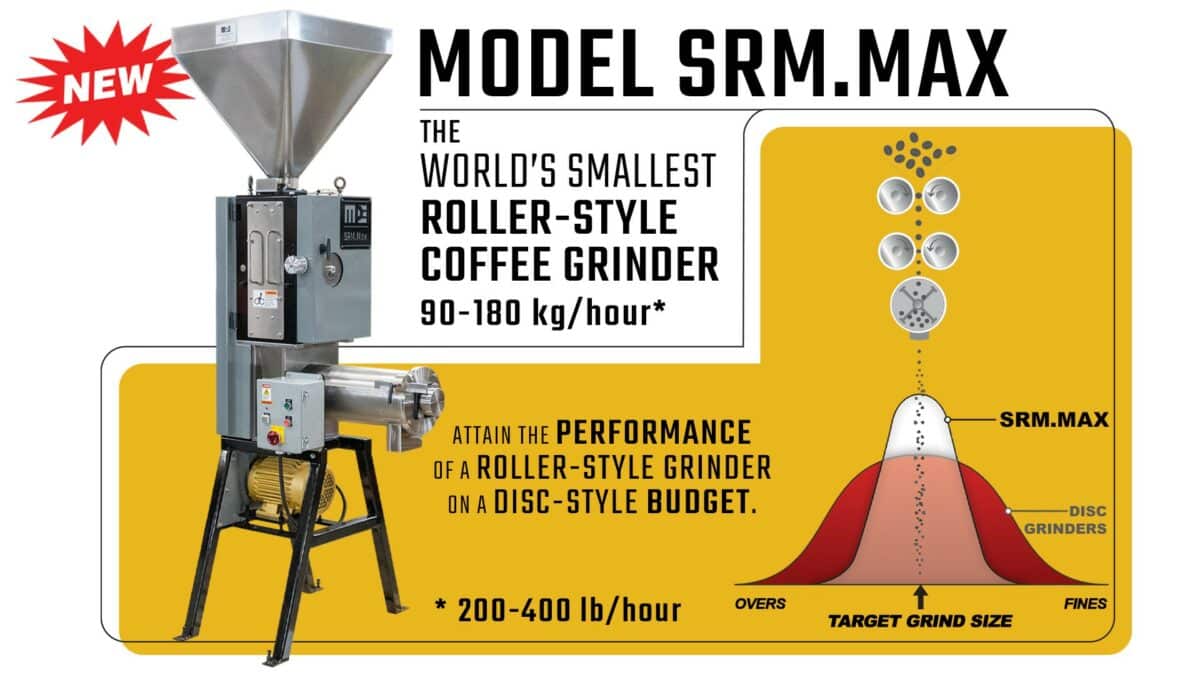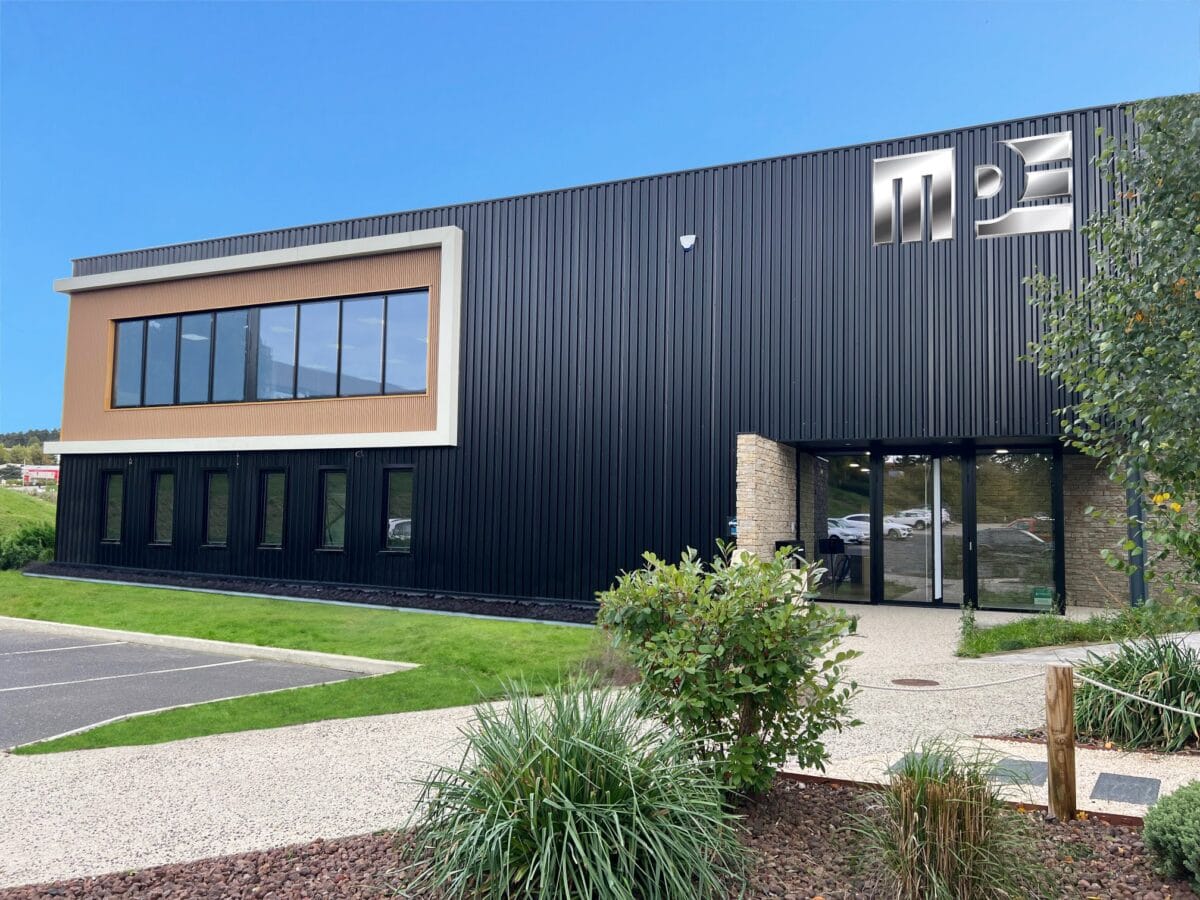Never compromise on quality, use the best materials you can and, perhaps most importantly, find the perfect grind.
Properly grinding coffee for use in high quality single cup brewing methods, such as pods and capsules, may be the toughest challenge in all of coffee processing. It is extremely important for any brewing method, whether it be urn, drip, French press, etc., to have the correct grind distribution for that methodology. However a brewing cycle that may be reduced to 15 – 20 seconds, as in the case of pods and capsules, instead of 4,6 or 8 minutes, presents a special and unique challenge. Additionally, the hot water in a pod must flow through the filter media twice, both on the top and bottom, thereby challenging the extraction dynamics further.
Single cup brewing methods have been around for a long time, with the vending machine being one of the earliest examples. Generally speaking, there has always been an accepted trade-off between quality and convenience with many of the earlier single- cup systems. If the coffee was not quite up to par, this was to be expected, or accepted, as part of that trade-off. As pods and capsules have grown in market size and sophistication, the need to trade-off quality for convenience has not only become unnecessary, but also unacceptable to the consumer.
Grind is Everything
To meet this quality level, the challenge is to achieve an “on target” extraction rate of 20% while delivering the brew in an accelerated period of 20 seconds. To achieve this, the coffee grind must be ideal for that extraction time with respect to both grind size as well as grind quality (variation around the average desired particle size). In any brewing application, the grind objective is to produce every ground coffee particle to exactly the same, and ideal, particle size; however, this is impossible due to the mechanical limitations of any type of coffee grinding equipment. So, alternatively, our objective is to maximize the portion of particles “on size” and minimize the variance of the other coffee particles from the desired average particle size.
Extraction Theory
Before we get too far, let’s briefly review the general theory of coffee extraction. Grinding coffee is simply a way of increasing the exposed surface area of the coffee bean to hot water during the extraction process. As the coffee bean is ground finer and finer, more and more particles are generated from that bean with each added particle increasing the amount of surface area that will be exposed during the extraction process.
During any brewing process, it is important to match the brewing time, or cycle, to the exposed surface area of the coffee, which is a function of the grind size.
If the brewing cycle is too long for a particular particle size, the result will be overextraction of the coffee bean far above the 20% ideal threshold, which will
result in a bitter, or overextracted, taste. Conversely, a brewing cycle that is too short for the exposed surface area generated by the ground coffee will result in a coffee brew extraction that is underextracted and has a weak taste.

Why Pod Grinding is Critical
Referring back to our pod challenges, a 20-second brew cycle requires a particle size accuracy far greater than that required on a four-minute cycle (such as a bottle brewer) due to the rate of extraction. This is because a pod with a proper grind will achieve a full extraction in, say, 20 seconds with each second representing 5% of the extraction cycle. A less-than-ideal grind will over/underextract at the rate of 5% per second as compared to that of a bottle brewer rate of less than 1% per second (1 second/240 second brew = 0.4%.)
Secondly, since the quantity of coffee used in a pod is one-twelfth that of a bottle brewer, the margin of error associated with the extraction rate is reduced as well.
Thirdly, since water pressure is utilized for the pod extraction process, a grind that is incorrect can result in a brew time that is greater or lesser than desired due to the backpressure variance created by the ground coffee. That is, the ground coffee itself is part of the brewing process.
The Solutions
So, it’s clear to see that we need the most ideal grind, or particle size, that can be achieved for use in the pod and capsule-type applications. This is best achieved by using a roller-style grinder, which, by design, produces the most defined particle distribution when compared to any other methodology.
As a convenience factor, many pod equipment companies incorporate disc-style grinders as an integral part of their packaging equipment. As a convenience factor, this is fine; however, from a coffee quality factor, this is a significant trade-off since a disc- style unit cannot, by design, provide the ideal particle size for a single cup of coffee. The limitation here is that while a desired average particle size can be achieved, it is at a cost of the quality of the grind, as reflected by the number of particles above and below the desired target (variance or deviation).
Espresso Pod Grinding
We have been primarily discussing pods and capsules for brewing a typical 8-oz cup of fresh brewed coffee. How about espresso?
Here, two apparently contradictory needs must be satisfied to prepare a good espresso. The difficulty in producing an ideal x-pod (espresso) grind is that, on the one hand, a short percolation time is required while on the other hand, a high concentration of soluble solids must be reached. This requires a “bimodal” or “plurimodal”-type grind, wherein the primary mode provides the surface extraction area for the water to pass through while the finer particles enhance the exposed extraction surface, which provides the chemical requirements for achieving the required extraction. As shown in the chart, we want to optimize the average particle size, say 280 um (micrometer), as well as provide, roughly, 20 – 30% of a dust-type, 40 um product to the total. The latter particles provide the “mortar for the bricks” which both fills the voids within the coffee particles as well as provides the enhanced extraction rates required to achieve the soluble solids in an accelerated method.
The difficulty of maintaining this ratio is evident by viewing the grinding practices of any good barista who is continually adjusting the grinder to maintain the correct balance between the dust and coarser ground particles.
To Sum It Up
The proper grinding of coffee should be considered the most critical and important element in the pod and capsule manufacturing process. The need to accept a less-than- ideal brew quality as a trade-off for convenience is unnecessary. After determining the ideal particle size for a pod application, based upon extraction analysis, extreme care should be expended to both utilize the proper roller-style grinding equipment for the application as well as implement a quality assurance program to continually measure and control the ground coffee used in the packaging process. This will result in optimizing the brewed coffee quality, which will no longer have to suffer as a convenience “trade off.”


